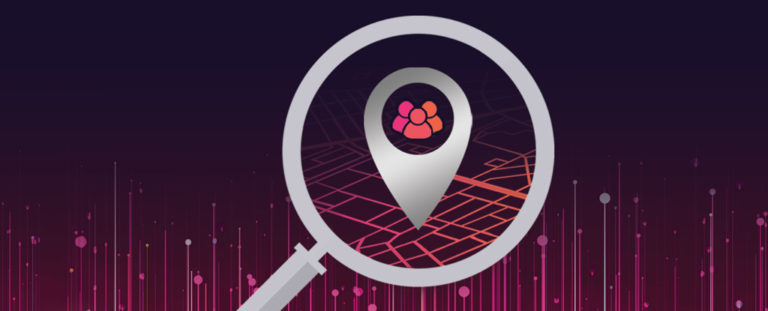Tap into the Spirit of Programmatic DOOH
Published: July 15, 2022
The alcohol industry saw a devastating decline when the pandemic shut down bars, restaurants, stores, and distilleries across the country, with the total beverage alcohol volume decreasing by 6.2% globally in 2020. Although the loss was unprecedented, it wasn't as destructive as predicted due to e-commerce and the acceleration of at-home consumption. Online alcohol sales advanced by 262% YOY, creating a catalyst for business acquisitions in the food delivery market, such as Drizly, an alcohol delivery service, becoming a wholly owned subsidiary of Uber.
Since vaccinations have rolled out and businesses reopened, the beverage alcohol industry has made a bullish recovery, expecting to grow at a compound annual growth rate of 10.51%. Research indicates that consumers are excited to return outside to their favorite bars after 18+ months of predominantly drinking at home. In a 2021 Mintel Survey, more than half of consumers agreed that the pandemic made them appreciate the bar/restaurant drinking experience. This survey is proven to hold true by the number of businesses in the Bars and Nightclubs industry growing by more than 6% in 2022.
Therefore, as more people find sanctuary outside their homes, digital out-of-home (DOOH) advertising is a flexible, measurable, and effective marketing tool for liquor and beer brands to capture audiences' attention on their path to purchase and at the point-of-purchase. Furthermore, programmatic DOOH technology enables alcohol brands to maximize real-time targeting of key audiences within proximity to specific points of interest such as bars, restaurants, nightclubs, or liquor and beer stores.
DOOH is the perfect platform for alcohol brands to launch campaigns on larger-than-life screens in order to drive market reach and showcase new products to consumers. For example, Jägermeister ran a programmatic DOOH campaign to increase consumer awareness, consideration, and purchase intent for their new Jägermeister Cold Brew Coffee product. The campaign was activated in California, Florida, Illinois, New York, Ohio, Pennsylvania, Texas, and within designated market areas in Atlanta and Boston across billboards, urban panels, and place-based venues. The aim was to reach consumers on their path to purchase and at their point of purchase. The outcome increased brand awareness by over 70% for their new cold brew coffee and achieved a 66% lift in consideration and intent to purchase.
Liquor brands can create more contextually relevant ads with DOOH using real-time data triggers suitable for the environment, such as the weather, the news, or the time of day. For instance, when the weather warmed, Smirnoff launched a dynamic DOOH campaign for their new vodka-based fruit cider range that triggered when the outside temperature reached 65 degrees. Creating campaigns based on weather conditions or other environmental conditions enables advertisers to engage audiences' attention at the right time and place with the most appropriate messaging.
Over 90% of adults report noticing an OOH ad and over 50% of shoppers plan their beverage purchases within a few hours of buying. To effectively engage consumers on the go, the alcohol industry needs to consider utilizing DOOH advertising, especially when brands have the ability to target their specific audience, location, and time of day. So what are you waiting for? If you're ready to plan and launch your DOOH campaign, our team of DOOH experts is prepared to help at no charge to you! Contact us at concierge@adomni.com.
Written By: Julia Cramer
To get the latest updates on out of home advertising, digital marketing and technology, follow us on:
Or sign up for our newsletter.






